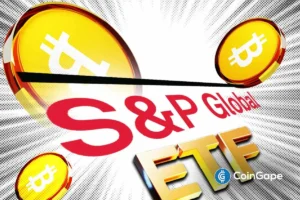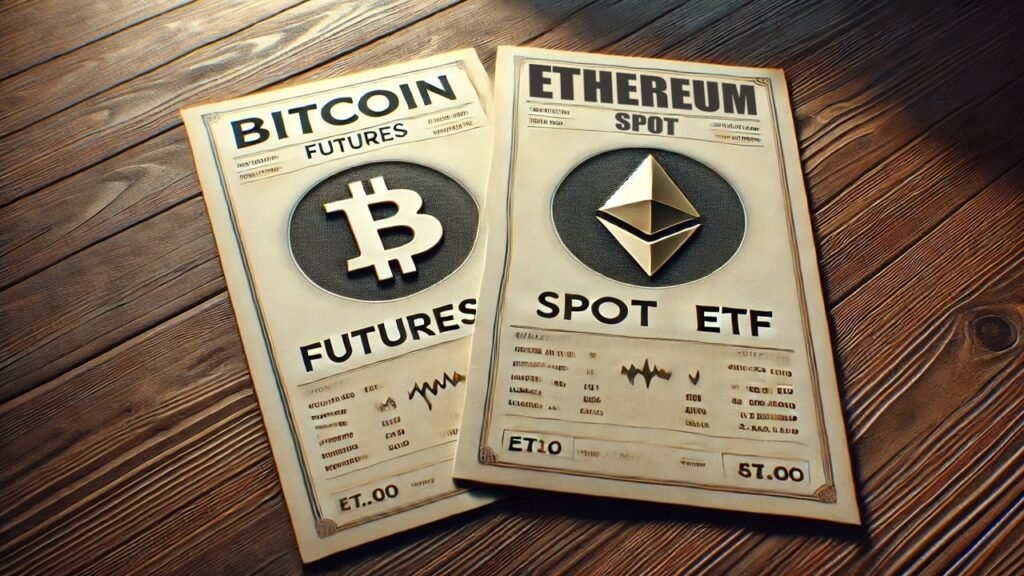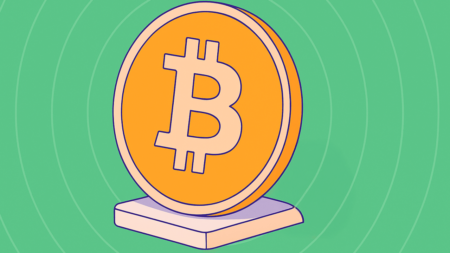In 2021, the U.S. Securities and Exchange Commission approved 12 spot bitcoin exchange-traded funds (ETFs) and nine spot ether ETFs. This marked a significant development in the world of crypto investments, providing investors with more opportunities to access the market. As the popularity of crypto assets continues to grow, understanding the distinctions between spot and futures crypto ETPs is essential for investors.
Spot ETFs track the price of an underlying asset in real-time, allowing investors to directly own the asset. In contrast, futures ETFs track the price of an asset based on futures contracts, which can be more complex and volatile. Spot ETFs are seen as more straightforward and less risky compared to futures ETFs, making them a popular choice for many investors.
When it comes to choosing between spot and futures crypto ETPs, investors should consider their risk tolerance and investment goals. Spot ETFs are generally a safer option for long-term investors looking for steady returns, while futures ETFs may be more suitable for investors seeking higher risk and potentially higher returns. Understanding the differences between these two types of ETPs can help investors make informed decisions about their crypto investments.
Spot ETFs offer investors the opportunity to directly own the underlying asset, providing a level of transparency and security. In contrast, futures ETFs rely on the performance of futures contracts, which can introduce more complexity and risk. Spot ETFs are generally considered to be more transparent and easier to understand, making them a popular choice for many investors.
Investors should also consider the liquidity of spot and futures ETFs when making investment decisions. Spot ETFs tend to have higher liquidity, meaning that investors can buy and sell shares more easily. On the other hand, futures ETFs may have lower liquidity, which can make it more difficult to trade shares. Understanding the liquidity of different ETPs is important for investors looking to buy and sell their investments efficiently.
In conclusion, the approval of spot bitcoin and ether ETFs by the SEC in 2021 has opened up new opportunities for investors in the world of crypto assets. Understanding the distinctions between spot and futures crypto ETPs is essential for investors looking to navigate the ever-evolving landscape of crypto investments. By considering factors such as risk tolerance, investment goals, transparency, and liquidity, investors can make informed decisions about their crypto investments and maximize their potential returns.

















